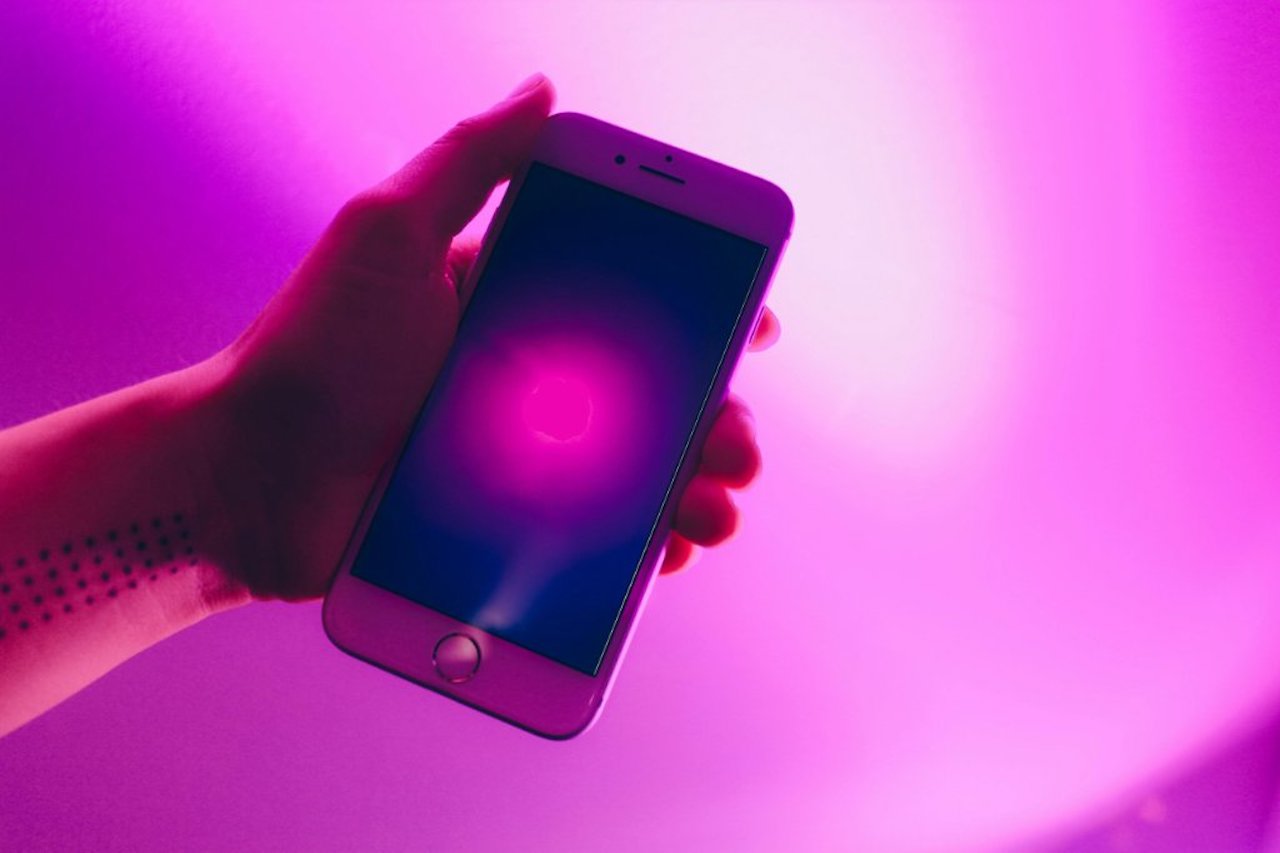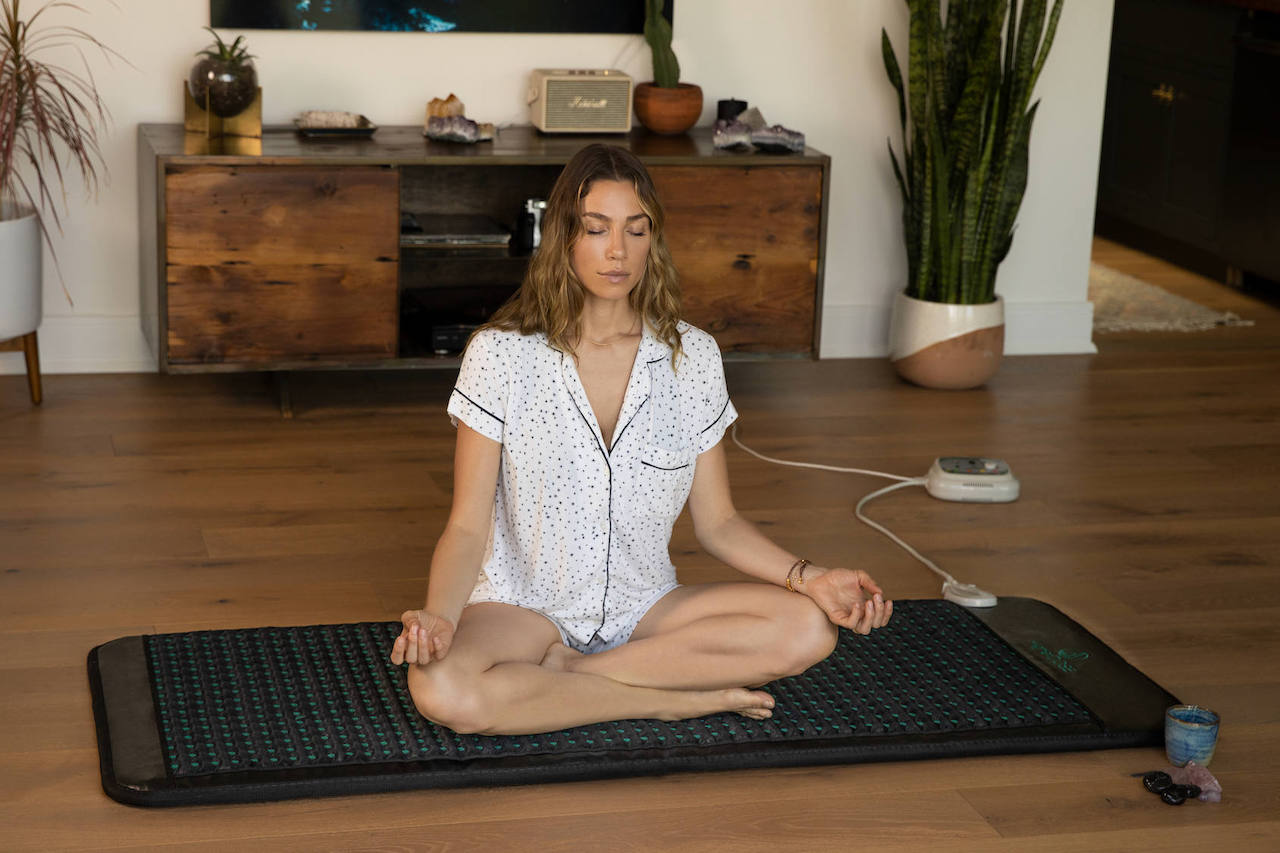- HOME
- Best PEMF Mats of 2025 – In‑Depth Reviews & Guide
- Infrared & PEMF Mat Technology
Infrared PEMF Mat Technology Works | The Tech Behind The Benefits

Curious how infrared PEMF mat technology actually functions? These mats blend infrared heat with pulsed electromagnetic fields. They aim to help with pain, sleep, and relaxation.
This guide explains infrared PEMF mat technology basics. We cover how it works and key features for choosing one. Get clear information to see if it fits your wellness plan.
A quick tour of the blog post
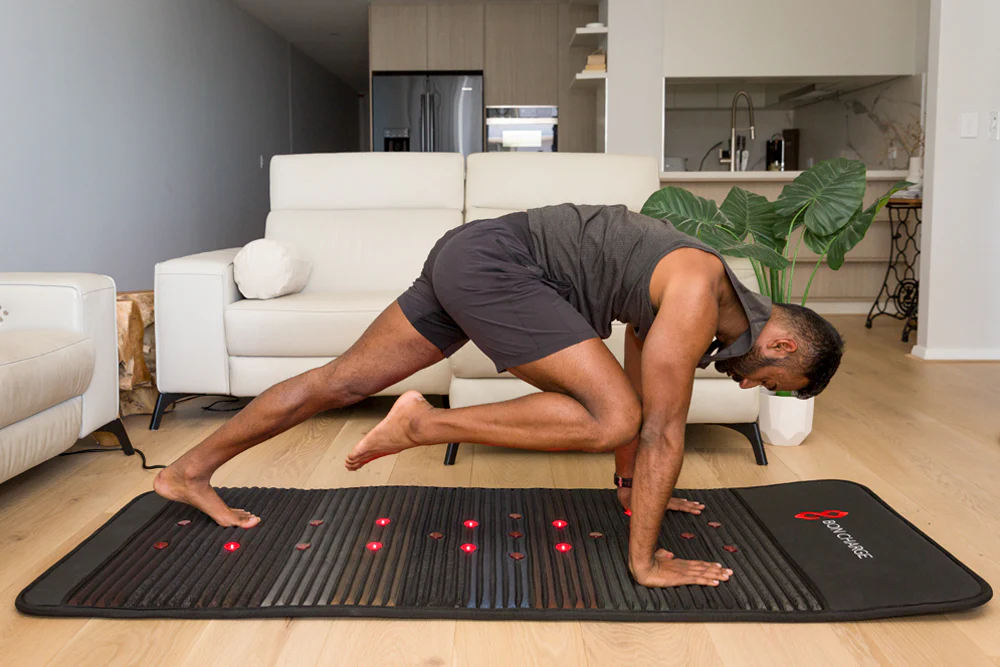
Can’t wait? Explore our top 8 infrared PEMF mat reviews now
Infrared PEMF Mats within the Infrared Wellness Spectrum
Infrared PEMF mats are part of the growing world of infrared wellness, but they work a little differently than what most people expect from infrared heat at home. When we think of infrared therapy, we usually picture full-body sauna cabins, heated tents, blankets, or domes. These surround your body, trap heat inside, and create a deep, often sweaty experience, different from a traditional sauna, but still intense.
Infrared PEMF mats work differently. Infrared heat penetrates the body while pulsed electromagnetic fields support deeper healing. Most mats reach core temperatures of 158°F (70°C–80°C), but the surface stays 40 to 50°F cooler. So if you are looking for a strong heat session, this may not be the right tool.
Infrared PEMF mats are not for sweating. They are built for recovery. They come in different sizes depending on where you need the therapy:
🔹 Full body mats are for lying down, whether that's on a bed, sofa or floor.
🔹 Smaller formats like wraps, chair mats, half mats and 20 inch squares provide targeted relief and work well in a car, at a desk or on the go.

HealthyLine Platinum Mat Series Review
The benefits of these mats are multiplied:
🔹 The far-infrared heat penetrates deeply and gently to support circulation, reduce inflammation, and help your body heal.
🔹 PEMF provides pain relief, supports athletic recovery, reduces inflammation, improves circulation, promotes muscle relaxation, reduce stress, supports immune function and contributes to better sleep quality by inducing relaxation and relieving discomfort.
It is a different kind of therapy, and for many, exactly what they need.
Want to understand the basics and the science behind both therapies? Take a look at our guides on infrared radiation and PEMF mat therapy. Here we cover the essentials, from origins and frequencies to medical use and proven benefits.
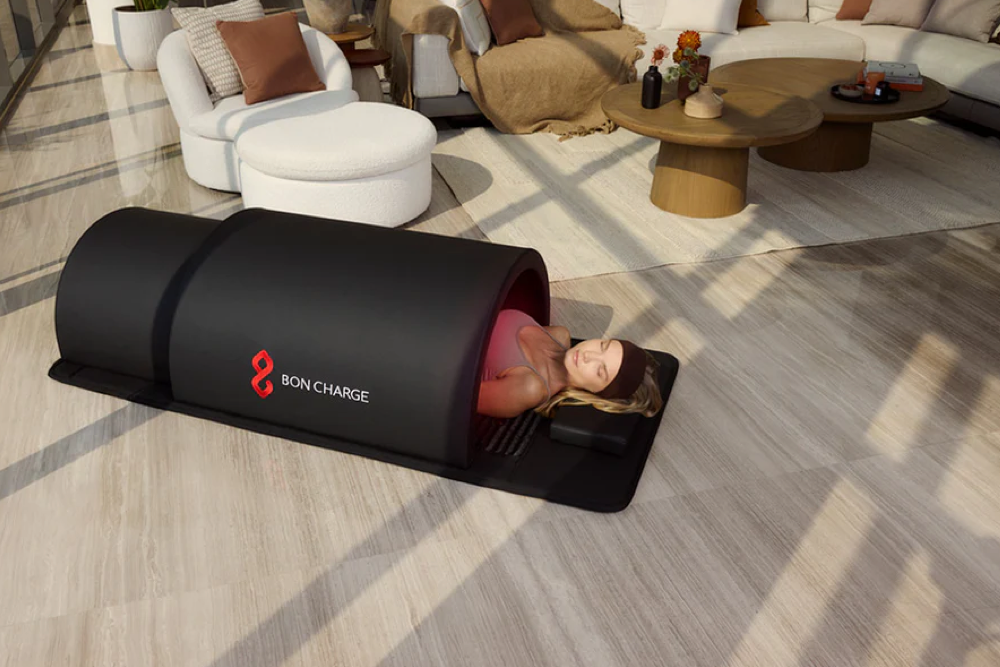
Infrared PEMF Mat Settings
Infrared PEMF mats offer adjustable settings that help you get the most out of each session in a way that feels safe, comfortable, and effective.
Let’s keep it simple. These mats usually let you control two things: infrared heat and PEMF. One feels warm and soothing on the surface. The other works deeper in your body. It might sound a bit technical, but we’ll guide you through the basics.
far infrared heat
This part is easy. Most mats let you adjust the temperature, usually between 77°F and 158°F (25–70°C). Keep in mind that the surface temperature is often 40–50°F lower than the internal setting, so it feels warm, not scorching. It is good to know that they need time to reach their optimal operating temperature. This can vary from 15-60 minutes.
You won’t sweat buckets like in a sauna, but the heat is ideal for relaxing tight muscles, soothing joints, improving circulation, reducing stress, and supporting better sleep [1]. These are just some, there are more benefits of infrared therapy to explore 👉 Infrared Sauna Benefits.
Tip: For longer sessions (like when lying on your bed or sofa), stick to low-to-medium heat. It’s gentler on the skin and still delivers great results.
Want a sauna-like effect? Some manufacturers take it a step further. HealthyLine includes reflective foil covers with their infrared PEMF mats to help retain heat. For an upgrade, they also offer a 360-degree wrap system that turns your mat into a full-body sauna experience. Brands like Bon Charge, 1Love Health, and LifePro use infrared PEMF mat tech inside their sauna domes for a more enclosed setup.

Bon Charge PEMF Mat collection review
pemf settings
This is where the magic and customization really happens. PEMF isn’t just about frequency. High-end mats (like the HealthyLine Platinum) let you tweak patterns, waveforms, durations, and more. Here's what you might see on the settings panel:
| Setting | What It Means | Why It Matters |
|---|---|---|
| Frequency | How many pulses per second (e.g., 3 Hz = 3 pulses/sec) | Different frequencies do different things: sleep (1–5 Hz), pain relief (10–15 Hz), focus (15–30 Hz)* |
| Intensity | How strong the magnetic field is (measured in Gauss) | Deeper penetration at higher intensities, but not always better: 5 to 20 Gauss is great for most** |
| Waveform | The shape of the pulse: sine and square | Sine = smooth and relaxing; Square = strong and stimulating*** |
| Programs / Presets | Ready-made settings for goals like “Relax” or “Recovery” | You don’t need to be an expert, just pick a goal |
| Pulse Patterns | How pulses are grouped (steady, bursts, clusters) | Changes how the therapy feels and how your body responds |
| Timer / Duration | Session length (e.g., 20 or 60 minutes) | Keeps use safe and consistent, no need to guess |
| Frequency Sweep | Cycles through a range (e.g., 1–30 Hz during a session) | Helps avoid “body adaptation” and targets more systems |
** 👉 Mythbusting PEMF intensity
*** 👉 More info about PEMF waveforms
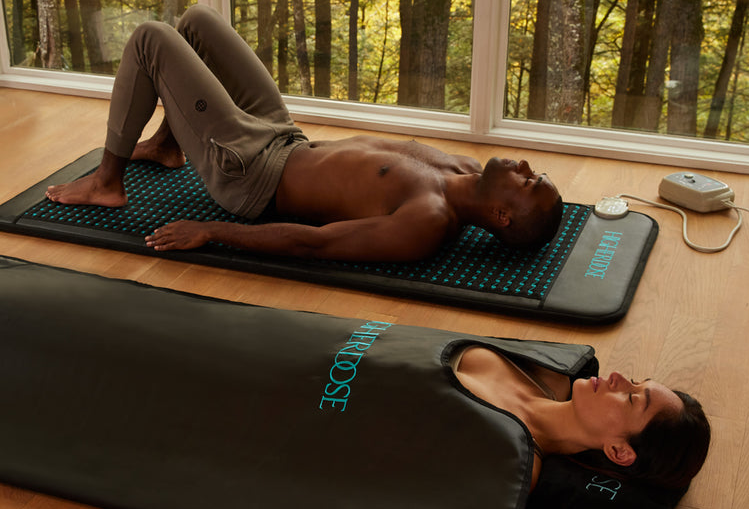
HIgherDOSE, known for their sauna blanket, also have an infrared PEMF mat
Infrared PEMF Mats design
Infrared PEMF mats are built in layers, each with a specific function. The number and type of layers vary widely depending on the brand and the therapies included. For example, HealthyLine mats can have up to 21 layers, while HigherDOSE uses a 7-layer system.
Each manufacturer balances features like durability, heating, PEMF delivery, and added healing elements (like gemstones or charcoal) in their own way.
PEMF coil layer
Infrared PEMF mats use copper coils to create pulsed electromagnetic fields. The coil arrangement affects how evenly the field spreads across the mat, which is important for consistent full-body treatment.
Because copper coils are fragile, mats have reinforced layers and flexible but strong materials to protect them from pressure and movement. This keeps the coils working over time but often makes the mats stiff. They are hard to bend or fold and usually need a flat, stable surface. Most full-body mats fold in set sections or roll loosely.
Heating Element Layer
Typically made from carbon fiber or metal, these provide far-infrared warmth. Most manufacturers prefer carbon fiber because it heats far infrared more effectively, delivering deep, soothing warmth without becoming excessively hot [2].
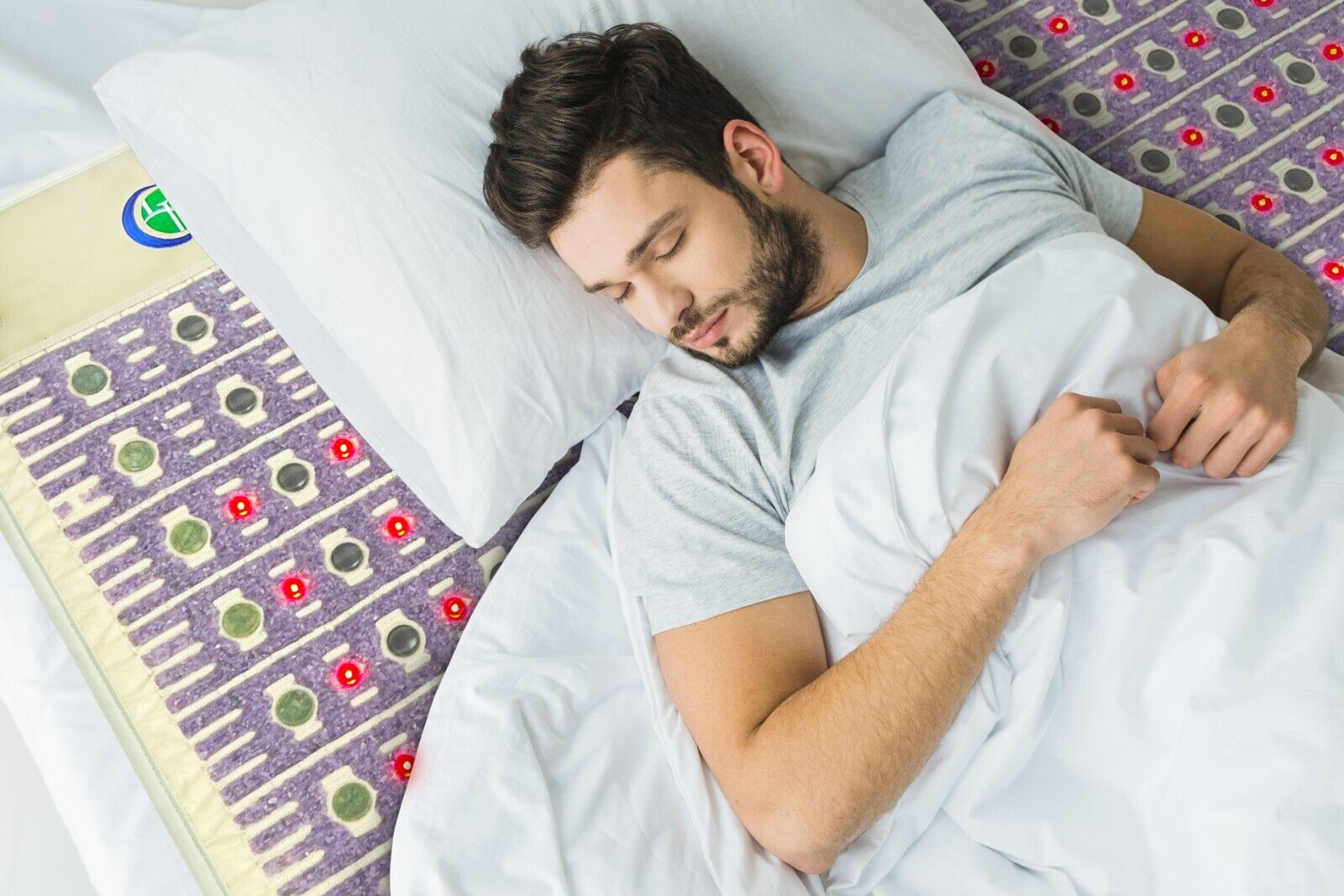
Gemstone Layer
Mats often include gemstones like amethyst and tourmaline [3,4]. These are claimed to emit far-infrared energy and negative ions, which may support natural healing by improving circulation and grounding the body [5].
But some manufacturers take it further, upgrading their mats to real chakra energizers with 7 to 11 different gemstones, each with a variety of claimed healing properties. Examples include the HealthyLine Rainbow Chakra Mat and the 1Love Health Infrared PEMF Mat.
👉 Learn more about the science behind Gemstone Heat Therapy
Outer and Protective Layers
- Outer Cover: Eco-friendly cotton, polyester, or PU leather provide a comfortable, durable surface. Cotton is breathable and hypoallergenic, PU leather is easy to clean. Some mats add waterproof or antimicrobial coatings for hygiene.
- Insulation Layer: Made of silicone, Teflon, or food-grade PVC, this layer prevents heat loss and protects the internal components. Teflon offers heat resistance and non-stick benefits; silicone adds flexibility and durability.
- Shielding Layer (EMF Protection): Typically aluminum foil or mesh combined with conductive fabrics to block harmful EMF interference while allowing therapeutic PEMF frequencies to pass through.

Therasage is big on natural healing, but is the TheraPro PEMF pad worth it? Let’s find out
Structural and Stability Layers
- Base Layer: High-density foam, EVA foam, or reinforced fabric provide cushioning and structural support. EVA foam adds shock absorption and heat resistance.
- Non-Slip Bottom Layer: Rubber or textured PVC prevents the mat from sliding during use.
The above-listed materials and layers represent the most common components found in infrared PEMF mats. Always check the manufacturer’s website for the exact construction details.
should you use a mat cover?
Yes! It is always a good idea to use a mat cover to keep your mat clean. Some manufacturers include covers with their mats, while others offer them at an additional cost.
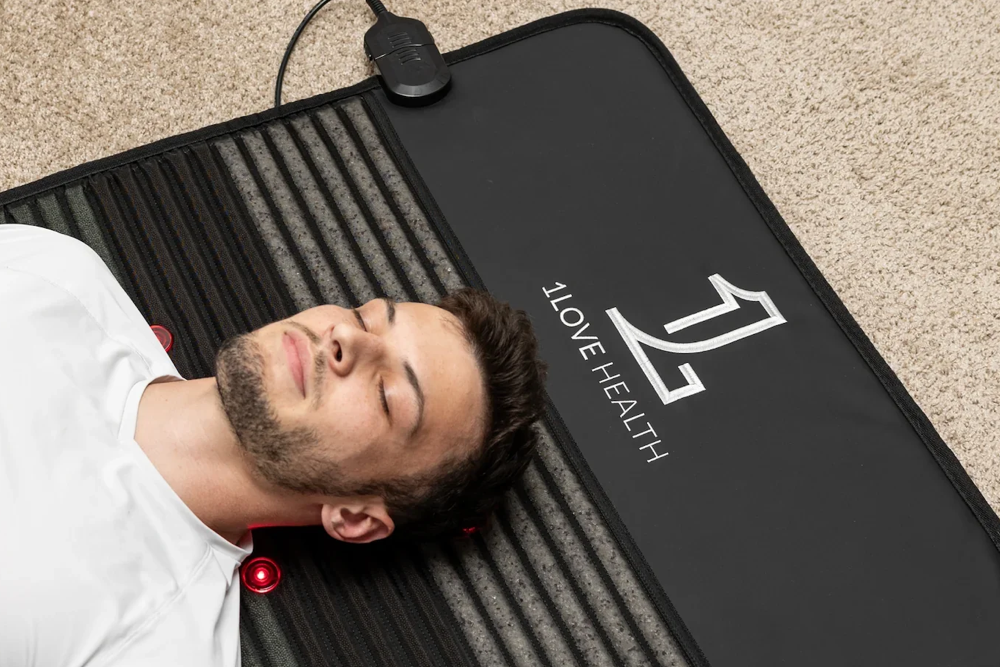
Check out 1Love Health’s new PEMF mats launched in July 2024 in our latest review
pemf mat Size Options
Infrared PEMF mats come in several sizes, from small 20-inch pads and wraps to larger chair-sized mats, medium mats, full-body versions, and extended pro models for massage tables or king-size beds.
Most full-body mats are about the size of a yoga mat, providing enough space to lie down comfortably. They need a flat surface and a nearby power outlet. Since they weigh 12 to 20 kilograms, moving them usually requires two people. It’s best to keep these mats in one spot like on the floor, sofa, or bed.
If a full-size mat doesn’t fit your space or budget, smaller pads or wraps offer targeted therapy. These can be placed under your feet, over your torso, or behind your back while sitting.
Chair mats are designed to fit office chairs or car seats, letting you use infrared and PEMF therapy during work or commuting. Make sure the mat fits your chair and has a power adapter compatible with vehicles. Their compact size also makes them easy to use on a sofa, bed, or floor during yoga or other activities.
For professionals, there are pro table versions intended for spas and clinics. Keep in mind, not all brands cover commercial use in their warranties.
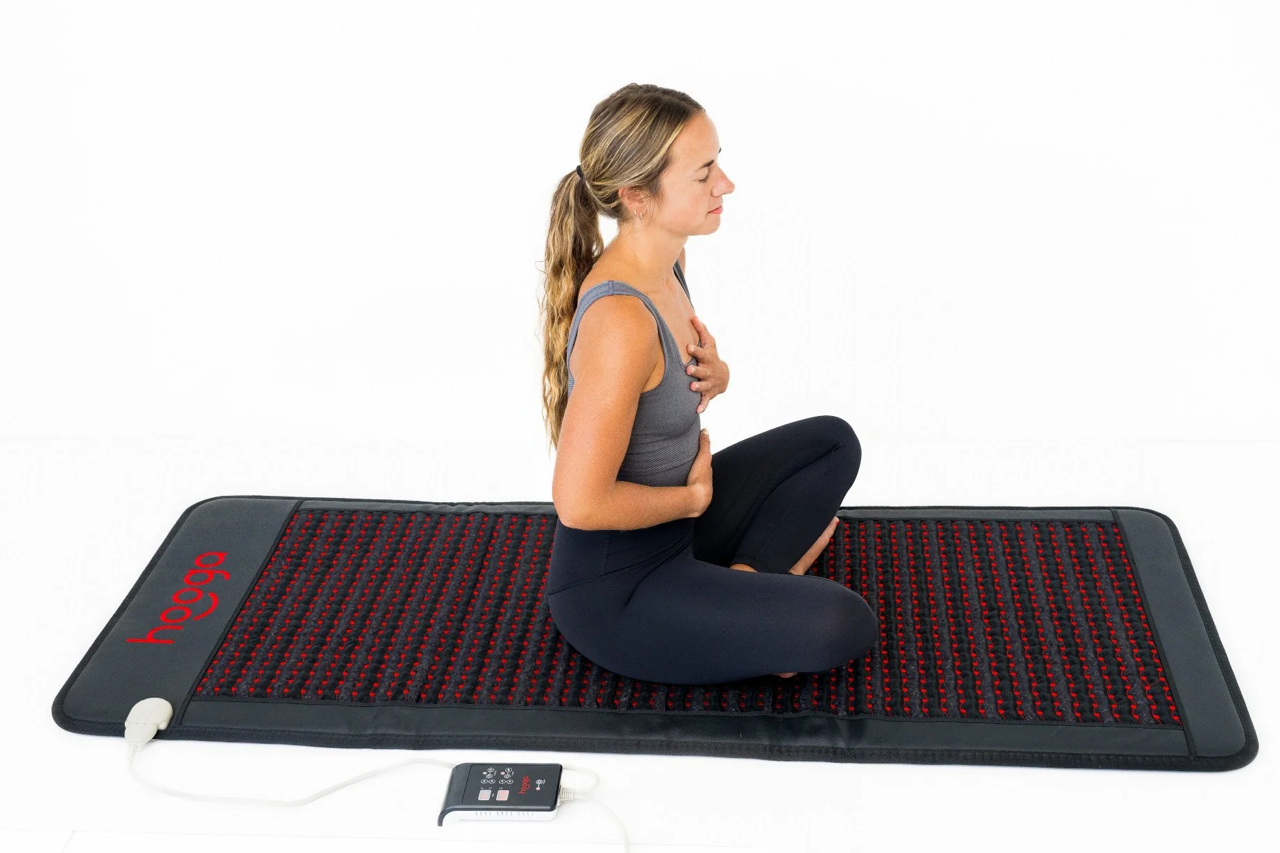
The Hooga PEMF Mat Review (includes HigherDOSE comparison)
pemf mat Maintenance and Ease of Use
Infrared PEMF mats are simple to use, with control panels that make adjusting temperature and session times easy. Some models offer adjustable PEMF settings, which may require some learning but allow you to customize frequencies for your needs.
Maintenance is minimal, usually just wiping the surface clean. Using a cover like a towel or sheet is recommended. Always follow the manufacturer’s instructions.
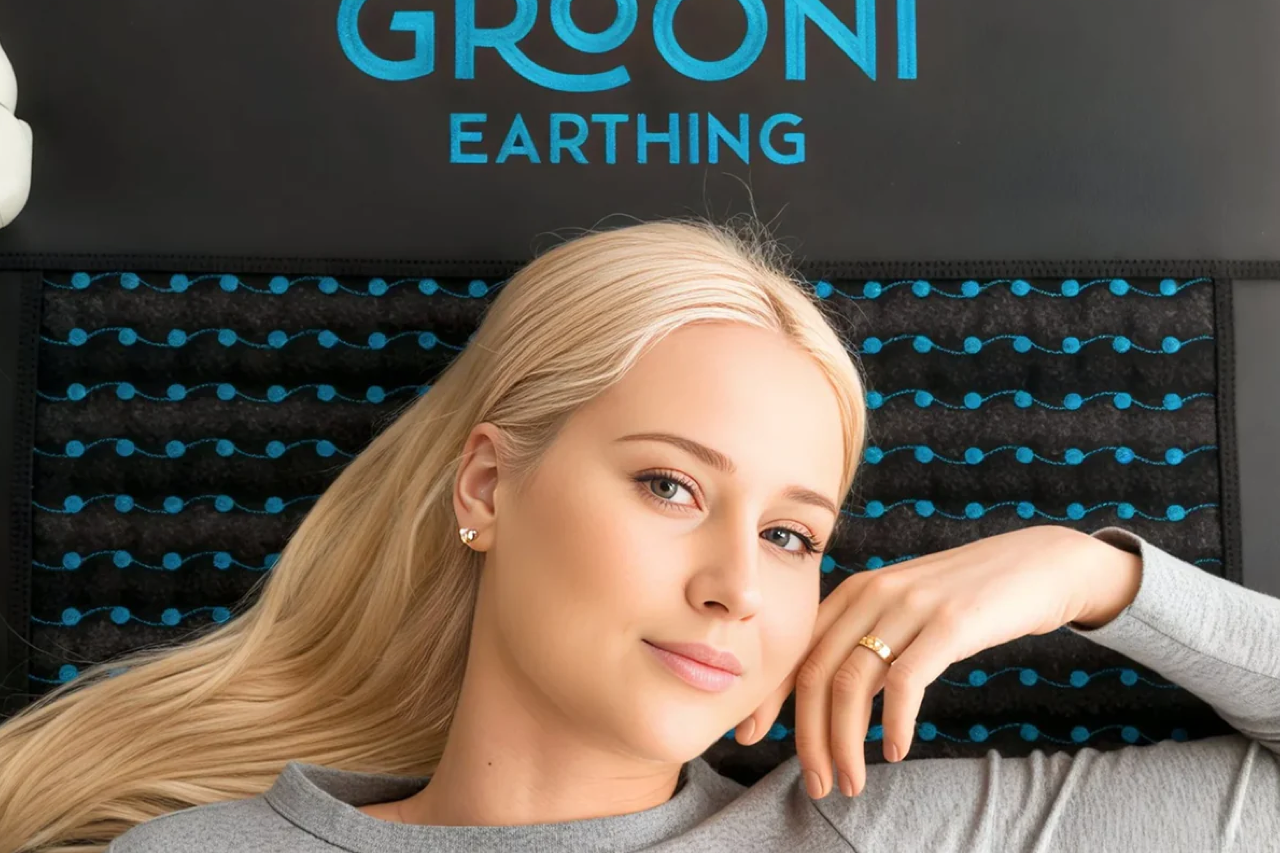
PEMF mAT complementary therapies
As of 2025, many infrared PEMF mats include additional therapies:
Red Light Therapy
A popular addition to PEMF mats is Red Light or Photon light therapy, which uses red and near-infrared light to penetrate deep into tissues. This therapy supports healing of skin conditions, reduces inflammation, and helps relieve joint pain [6].
Gemstone Heat Therapy/Negative Ion Therapy
Most mats incorporate gemstones such as amethyst, tourmaline, and jade. These stones are believed to potentially improve circulation, ground the body, generate negative ions, and support natural healing processes.
TENS Therapy
Though less common, some PEMF providers, Therasage, offer Transcutaneous Electrical Nerve Stimulation (TENS) as a complementary option [7]. Unlike PEMF, TENS delivers small electrical impulses through separate pads placed on the skin, targeting pain relief by interrupting pain signals and encouraging the release of endorphins, the body’s natural painkillers.

pemf mat considerations
Our FAQ and buyer's guide cover cover key considerations, safety tips, and what you should know before buying an infrared PEMF mat. Here, we highlight some of the most important points.
Electronic Implants
If you have a pacemaker, defibrillator, electronic implant, or magnetizable prostheses, consult your doctor before using a PEMF mat. The electromagnetic fields may interfere with these devices.
Medical Conditions
If you have any medical conditions or take medications, always check with your healthcare provider before adding a PEMF mat to your wellness routine.
Pregnancy
Pregnant? It is recommended to seek medical advice before use to understand any potential risks from electromagnetic field exposure.
Electrical Equipment Caution
It is advices to keep a safe distance of at least three meters between the PEMF mat and electronic devices such as TVs, monitors, mobile phones, and Wi-Fi routers to avoid interference.
Frequency and Intensity
PEMF mats operate at different frequencies and intensities. Choose settings that match your specific health needs and goals.
Duration of Use
Session length varies depending on individual needs and treatment goals. Always follow the manufacturer’s guidelines and do not exceed recommended usage times.
Quality and Safety
Select mats from reputable manufacturers with positive customer reviews and relevant certifications to ensure your device meets safety standards and regulations.

The newest HealthyLine jet Mat Series - Check out our 2025 review
The Price Range of PEMF Mats
PEMF mats cost between about $300 and $5,000, depending on size, features, and brand. Basic models provide standard therapy, while higher-end versions include extras like TENS, red light, gemstone tech, and programmable full-body programs.
More expensive mats usually offer longer warranties, better support, and sometimes software updates for custom settings. Accessories like carrying cases or controllers can add to the price if not included. When choosing, balance your health goals with your budget. There are options for general wellness as well as more specialized needs.
Start by visiting our Best Infrared PEMF Mats Reviews, where we’ve reviewed the top 8 PEMF mats to help you find your perfect fit.

Want more heat and a deeper sweat session? The Holistix Soleil is the first PEMF infrared sauna blanket
Did you enjoy this blog post? Feel free to share it with friends and family who might find it helpful! Explore our blog to discover a wealth of product details and guidance to help you make the best choices for your health and wellness journey.
Saunace.com publishes reviews and usage guides for infrared and PEMF devices to help readers compare options and use them safely; see the About page to learn how we research and evaluate products.
Saunace is supported by its audience. When you purchase through links on our website, we may earn an affiliate commission. Learn more.

Sam Everhart
Updated: July 2025
Looking to expand your knowledge? Check these out next
References
1. Fatma Vatansever and Michael R. Hamblin, Far infrared radiation (FIR): its biological effects and medical applications, PubMed, https://www.ncbi.nlm.nih.gov/pmc/articles/PMC3699878/
2. Michio Inagaki, Carbon Fiber, ScienceDirect, https://www.sciencedirect.com/topics/materials-science/carbon-fiber
3. GIA, Tourmaline, GEM Encyclopedia, https://www.gia.edu/tourmaline
4. GIA, Amethyst, GEM Encyclopedia, https://www.gia.edu/amethyst
5. Jiang SY, Ma A and Ramachandran S. Negative Air Ions and Their Effects on Human Health and Air Quality Improvement. PubMed, https://www.ncbi.nlm.nih.gov/pmc/articles/PMC6213340/
6. Couturaud V, et al., Reverse skin aging signs by red light photobiomodulation. Skin Res Technol, https://pubmed.ncbi.nlm.nih.gov/37522497/
7. Cleveland Clinic, Transcutaneous Electrical Nerve Stimulation (TENS), https://my.clevelandclinic.org/health/treatments/15840-transcutaneous-electrical-nerve-stimulation-tens
